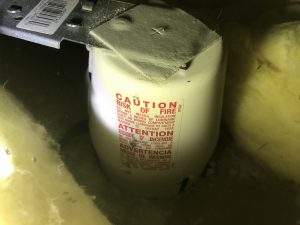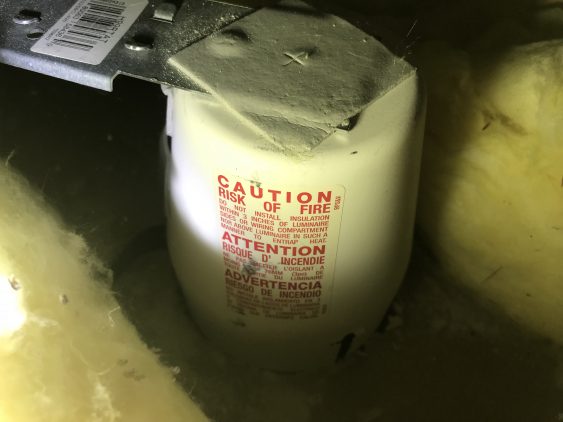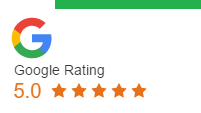Recessed Lighting Basics
Recessed lighting goes by a few different names. Other than Recessed light, there is down-light, can-light, canister-light, and pot-light. Although pot-light is used by our north of the border neighbors in Canada and not-so-much here in the United States.
There are two different types of recessed lighting.
- Insulation Contact (IC) rated
- Non-IC rated
IC rated housings must be installed wherever insulation will be in direct contact with the housing. There is an exception to this. The IC-rated lights are not designed to have spray foam insulation in contact. There are special covers that go over the lights to still maintain the air-tight seal that you would get from spray foam insulation but not create a fire hazard for the lights. It is not so easy to inspect these lights to see if they have the proper cover or not.
 Non-IC rated lights require that there is no contact with insulation for at least 3 in from insulation. These housings are typically rated up to 150 watts. Recessed lights are usually white in color which makes it easy for us to spot when we are crawling through an attic. They also have big bright warning labels on them as well.
Non-IC rated lights require that there is no contact with insulation for at least 3 in from insulation. These housings are typically rated up to 150 watts. Recessed lights are usually white in color which makes it easy for us to spot when we are crawling through an attic. They also have big bright warning labels on them as well.
Installing these above areas that require insulation is not a good idea. Your options are to put the insulation snugly around the recessed light and take a chance of catching the home on fire, or leaving a space like what is shown in this photo and have heat loss in that area. The heat loss in this area might not sound so bad, but that heat loss has a pretty good chance of causing moisture to move and the moisture will eventually cause mold to grow in the attic. That will create other problems that nobody wants to deal with either.
Both IC rated and non-IC rated lights come designed for new construction or remodeling applications.
Many of the newer recessed lights have a self-resetting thermal switch for safety. So if you have recessed lights that are turning off and on all the time, either you have the wrong type of recessed fixture installed in insulation, the wrong type/size of a lightbulb, or a combination of the two. In any case, if the thermal switch is activating, something is terribly wrong and you should get this checked by a professional.
Something that is relatively new to Chicagoland is having the return chases in heating ducts sealed tight with regards to recessed lights. This means that any recessed lights installed in those areas also need to be air-tight. This requirement is known as “Chicago Plenum” which requires the housing to be airtight in addition to requiring all wiring to be sealed off and gasketed from the plenum air space. This housing rating must be used on all recessed luminaires installed in air plenums in the City of Chicago as well as nearby municipalities which have adopted the Chicago amendments to the NEC.
When our inspectors are up in the attic, we look for bumps in the insulation where can lights might have been installed. Usually, we can see the type of can light in the attic. We also keep the recessed lights on for a while during the inspection. This helps to see if the thermal switch is activating.


Charles Bellefontaine CMI, CPI, ACI
June 23, 2018
Electric, Insulation
No Comment